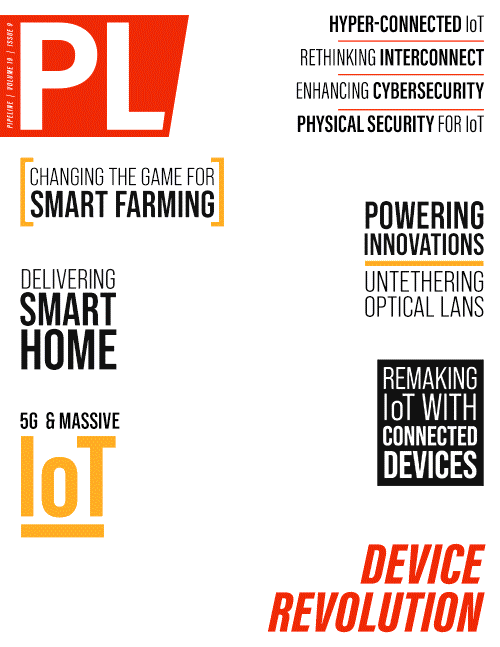Rethinking the Role of Physical Security
in your Data Center IoT Network
Verifying who is on site
Data from automatic license plate readers (ALPR) is often overlooked, but it can deliver a range of insights. It can provide information on which cars were in the parking lot when an incident occurred. This helps facilitate investigations or confirm which contractors or employees were on site at particular times and for how long.
Integrating data from other systems
When you bring data from many different sources into one place, you get a more complete picture of what’s happening throughout your entire data center. A unified, open physical security platform can centralize data for better visibility, operations, and intelligence. Integrating data from systems that track facility data with security system information provides a richer context that can then be analyzed.
Streamlining compliance
Data centers can store and secure data for hundreds of companies from various industries all at the same time. This means that the centers must be able to comply with the standards set by each industry.
For example, a single data center could have to comply with the Health Insurance Portability and Accountability Act (HIPAA), the General Data Protection Regulation (GDPR), the ISO 27001 information security standard, and the Service Organization Control (SOC) and SOC2 standards. Complying with these standards requires consideration of how physical security systems are configured and managed. With modern security systems, processes can be automated to ensure compliance, provide faster situational awareness, and reduce the amount of labor for physical security guards and administrators.
Collaboration Between Security and IT Teams Is Key
Modern physical security systems are IP-based and network-connected. They present cyber vulnerabilities and data opportunities. Both are best addressed by strong collaboration between security and IT teams.
A unified, open physical security platform helps data centers tap the full potential of devices and equipment they already own. They can use operational insights in new ways and strengthen their cybersecurity posture across multiple systems. And it brings teams across the organization together on a common toolset, using a common language, to gain insights and improve the things they do every day.
Data centers must keep up with evolving regulations and security threats while ensuring that their customers’ needs are always met. The right solution can bring together and centralize these considerations. It can reduce security risks, improve decision-making, and enhance compliance. Upgrading to a unified security platform provides a foundation that enables data centers to grow effectively and continue providing the services their customers want today and in the future.



















